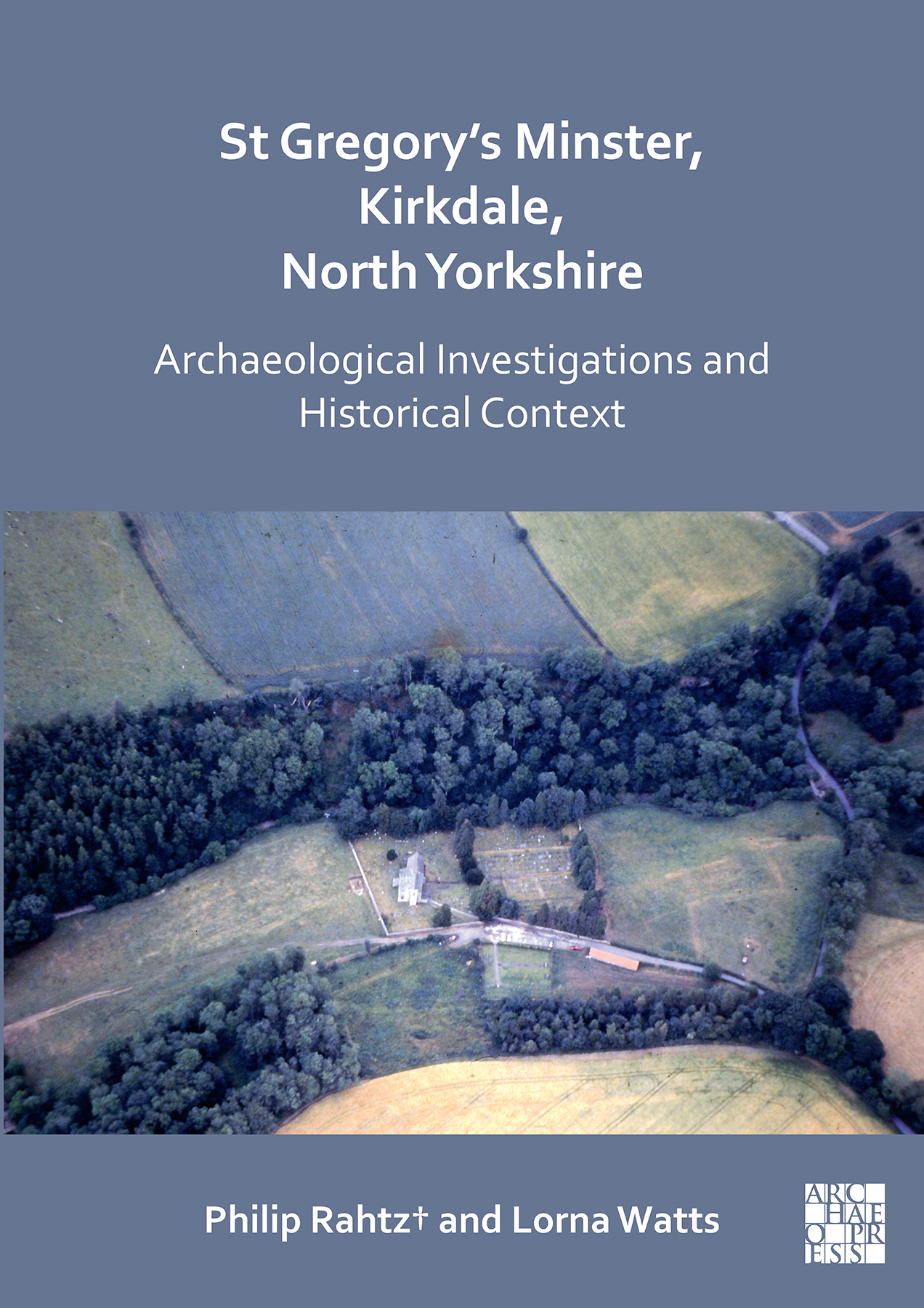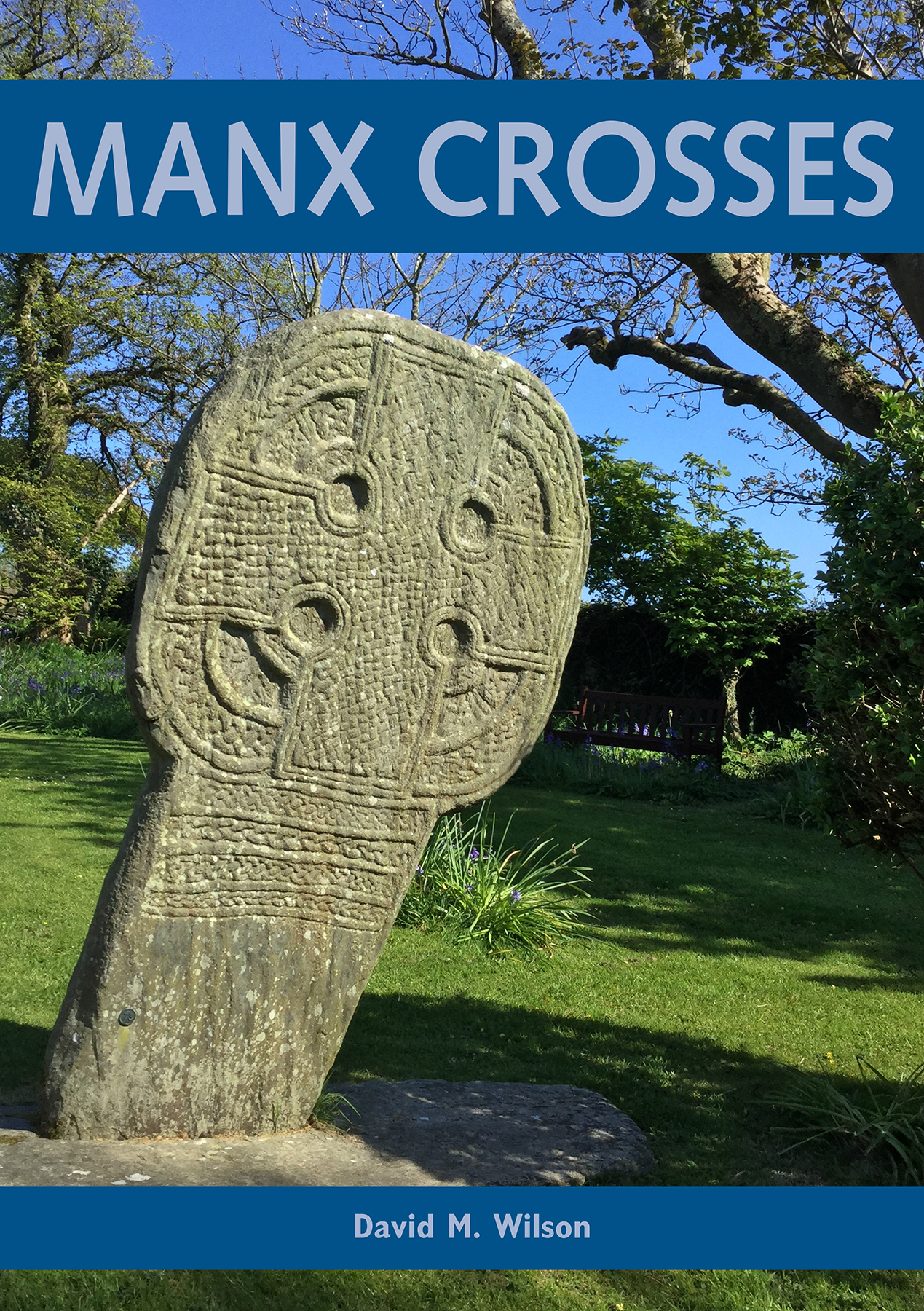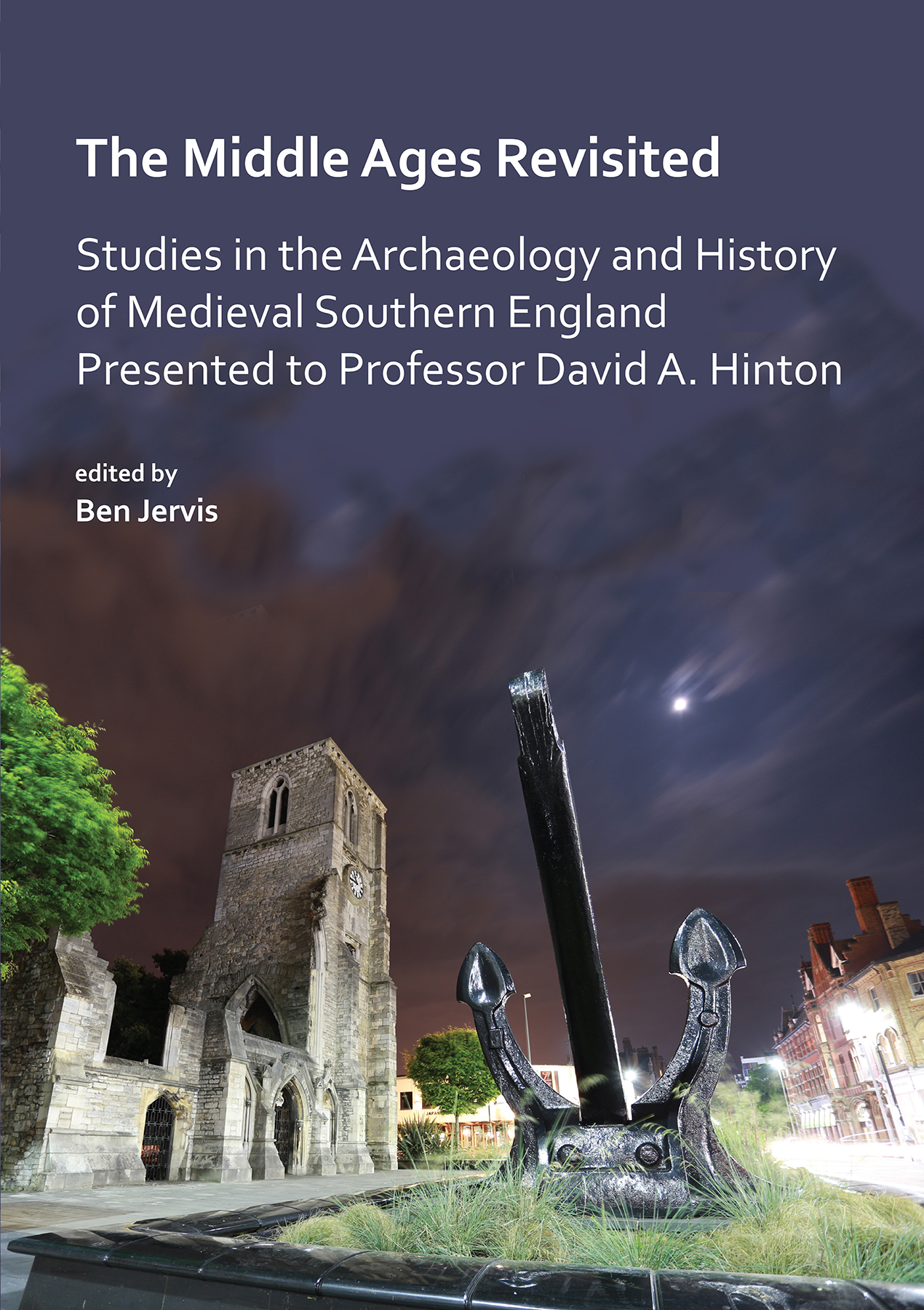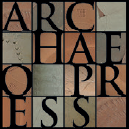
Publishing Scholarly Archaeology since 1997

Download Sample PDF
H 290 x W 205 mm
344 pages
140 figures, 33 plates, 34 tables
Published Apr 2021
ISBN
Paperback: 9781789694826
Digital: 9781789694833
Keywords
Church; burials; artefacts; interpretation; Yorkshire
Related titles




St Gregory's Minster, Kirkdale, North Yorkshire: Archaeological Investigations and Historical Context
The result of c. 20 years of work on and around the church of St Gregory's Minster, Kirkdale, North Yorkshire, this work is concerned primarily with the 8th century onwards, but also extends the time-period of this isolated site, particularly for the post-Roman to middle Saxon period, but also as an earlier probably religious landscape.
Contents
Summary ;
Preface ;
Chapter 1: The Site of Kirkdale ;
Investigations in and around the Church ;
Chapter 2: The West Exterior ;
Chapter 3: The North Exterior ;
Chapter 4: The South Exterior ;
Chapter 5: The Chancel Exterior ;
Chapter 6: The Church Interior ;
Investigations in the locality ;
Chapter 7: Adjacent Fields ;
Assemblages ;
Chapter 8: Human bones ;
Chapter 9: The Artefacts ;
Synthesis ;
Chapter 10: Overview and Interpretation ;
References
About the Author
Professor Philip Rahtz was founder of the Department of Archaeology at the University of York, where he was primarily interested in equipping students with techniques that would enable them to be able to excavate and produce reports on all periods. ;Lorna Watts has worked as a freelance archaeologist since the 1970s.
Reviews
'This well-presented and thoughtful report will be of interest from a wide range of perspectives. The excavations show how to use targeted trenches disturbing only a fraction of the available archaeology to unravel the history of a church. The explanations of stratigraphic sequences and logical inferences from the structure of the building show how to go about distinguishing the phases of a building, and are revealing about how rebuilding was undertaken. The expert osteoarchaeological analysis of the bodies, by Lizzie Craig-Atkins, adds a valuable cemetery population to our corpus. The catalogue of individual artefacts encompasses fragments of stone sculpture, fired clay, pottery, glass, melon beads, jet, a copper alloy strap end, and metal-working slags. The final overview and interpretation shows the limits of what our broader historical models and interpretations of the Anglo-Saxon Church can do when they are confronted by the sequence of developments at a single site.'–Thomas Pickles (2021): Northern History, DOI: 10.1080/0078172X.2021.1968175
‘…this publication is a remarkable testament as to what can be achieved by the close scrutiny of a charismatic site such as this without recourse to largescale excavation or developer funding. It benefits greatly from its authors’ deep-time perspective, who seek to place their findings in a numinous landscape of abiding cult significance rather than fixating on the upstanding early medieval remains, and who do not shy away from placing the often-fragmentary information within its broader social, political and intellectual contexts.’ – Michael Shapland (2022): Medieval Archaeology, 65/2, 2021
‘The yield of significant data from this unfunded project, sustained by the enthusiasm of the excavators and local residents, exceeds that from many much larger ones. The report is straightforward, easily used, and provides all the necessary evidence. It passes the acid test for excavation reports in setting out the facts in an objective and non-dogmatic fashion and in suggesting interpretations while leaving the door open for different ones.’ – John Blair (2022): Medieval Settlement Research, Vol. 37

 Add to wishlist
Add to wishlist
